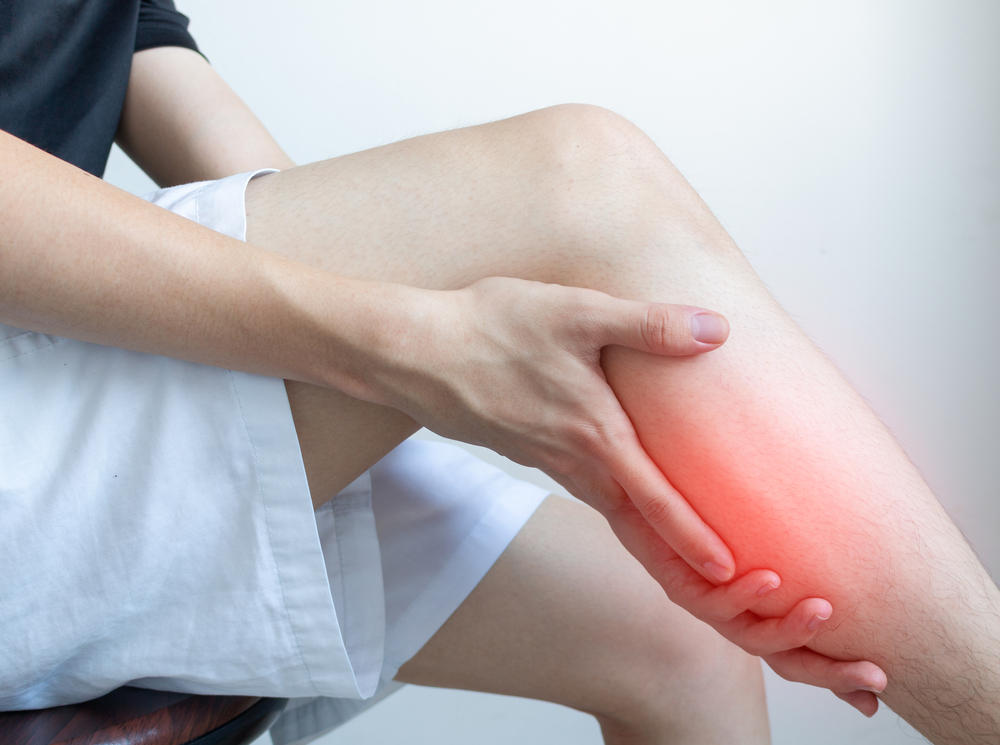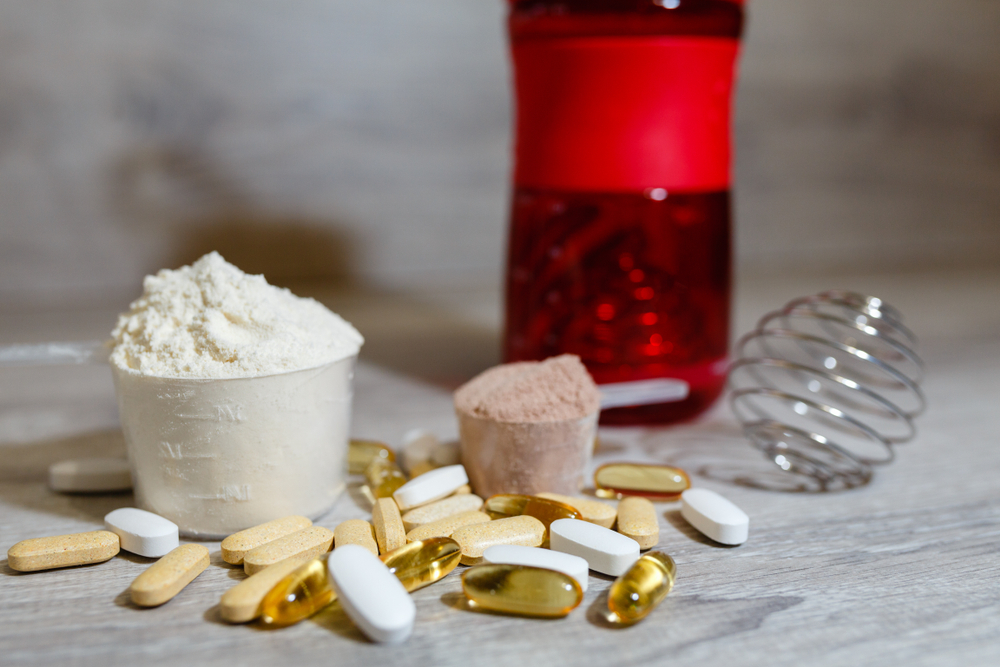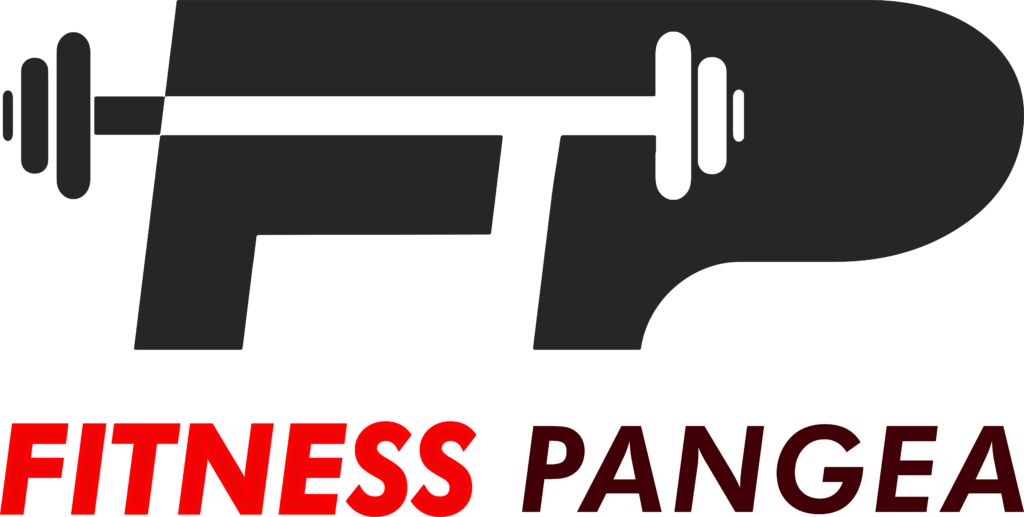Muscle recovery involves muscle repair and inflammation reduction. The energy and nutrients in your muscles and tissues gets replenished and restored by reviving cellular activity through the process of muscle recovery.
An insufficient recovery might result in overload injuries and poor performance.
The Cause Of Muscle Soreness After Exercise
The term for aching muscles after a workout is delayed onset muscle soreness (DOMS). Research suggests that soreness is a physiological reaction to microscopic injuries received during vigorous activity. Muscle inflammation brought on by microscopic muscle fibre tears is part of the reaction.

Types of recovery
Passive Recovery : Permitting your body to essentially recover at its own pace. Prolonged passive recovery, however, may potentially result in setbacks.
Active Recovery : Engaging in physical exercise to aid in healing and regrowth. In general, this is crucial for the athletes’ physical and mental recovery. It is a crucial component of the majority of the programmes. Active recovery has a number of advantages.
- Lowering lactic acid accumulation
- Removing toxins
- Keeps muscles flexible
- Enhanced mobility
- Minimises soreness
- Improved circulation and blood flow
Science backed tips on recovering faster
You don’t have to do anything extraordinary to fasten the process of recovery. The list of tips that we are presenting before you will shock you but these tips are actually your everyday activity that you need to focus on during the recovery period.
- Get more sleep
- Take a daytime nap
- Listen to music
- Reduce your stress levels
- Eat protein in the morning
- Have some protein before bed
- Eat a little protein before your workout
- Eat something with protein post-workout
- Skip the booze
- Drink lots of water
- Rest your muscles
- Take a cold bath and massage
Supplements for faster muscle recovery
Your body needs specific nutrients in order to properly rebuild and repair itself to keep you healthy, free of soreness, and on track to reach your training goals. To improve your athletic performance, it is essential to add the right nutrients to your post-workout recovery routine as it will aid in faster muscle recovery, promote muscle repair, and lessen muscle mass breakdown.
Check out the list for some of the supplements for quick muscle repair:
Creatine Monohydrate : When it is combined with resistance exercise, it has been showcased to amplify muscle strength. It is also a revelation that it assists in replenishing the muscles’ glycogen stores, enabling athletes to recover from vigorous training by lowering the risk of muscular damage and inflammation.
Omega-3 Fish Oil : Mega-3s quickens the production of proteins that encourages your body to grow and repair muscle. The process which is widely known as muscle protein synthesis.
L-arginine : Arginine is a kind of amino acid that encourages the production of growth hormone that assists with muscular development, enhanced power, and recuperation. It is the precursor to creatine, which enhances performance in an organic manner.
Acetyl-L-Carnitine : The amino acid L-carnitine, when taken as a supplement, has also been revealed to lessen muscle pain and tissue damage after vigorous exercise. A study on middle-aged males and females explored that L-carnitine supplementation decreased the risk of muscle damage and improved muscular tissue repair.

MONITORING RECOVERY
An evening of restful sleep coupled with proper nutrition and hydration will restore homeostasis and full recovery. However, we can now track various physiological parameters in real time to validate recovery and speed up the recovery process.
For example, measuring resting heart rate (RHR), heart rate variability (HRV) and ventilation (breathing) patterns can extend provision of valuable information on the dominance of our sympathetic nervous system (SNS) or parasympathetic nervous system (PNS), the latter of which is responsible for rest, repair and recovery. It is also helpful to review the scientific evidence for six specific means of achieving it: active recovery, massage, compression, cryotherapy, hydrotherapy and sleep.
ACTIVE RECOVERY
There are two studies that highlight the importance of active recovery, which typically uses movements ranging all across from spurts of anaerobic activity to very light-intensity activity (e.g., cool down). The focus is on the process to accelerate the removal of lactate and hydrogen from muscles while stimulating blood flow and signalling proteins (to initiate healing/adaptation) into the localised tissue.
One study found that active recovery after repeated intense exercise resulted in faster returns to homeostasis compared with passive recoveries that used no movement. Another study found that following high-intensity work with active recoveries performed at 60–100% of lactate threshold helped muscles recover faster than did more passive recoveries performed at lower intensities at 0–40% of lactate threshold.



